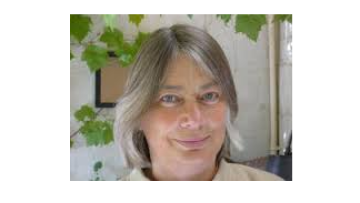Workshop with Sharp - Two Modelling Problems: (i) Freezing Particle-Containing Liquids and (ii)Llithium/Sodium Batteries
Abstract
Abstract:
(i) We consider the modelling of freezing of fluids which contain particulates and fibres (imagine orange juice “with bits”) flowing in channels. The objective is to design optimum geometry/temperatures to accelerate freezing.
(ii) We present the challenge of setting-up a model for lithium or sodium ion stationary energy storage cells and battery packs to calculate the gravimetric and volumetric energy density of the cells and cost. Depending upon the materials, electrode content, porosity, packing electrolyte and current collectors. There is a model existing for automotive called Batpac.



